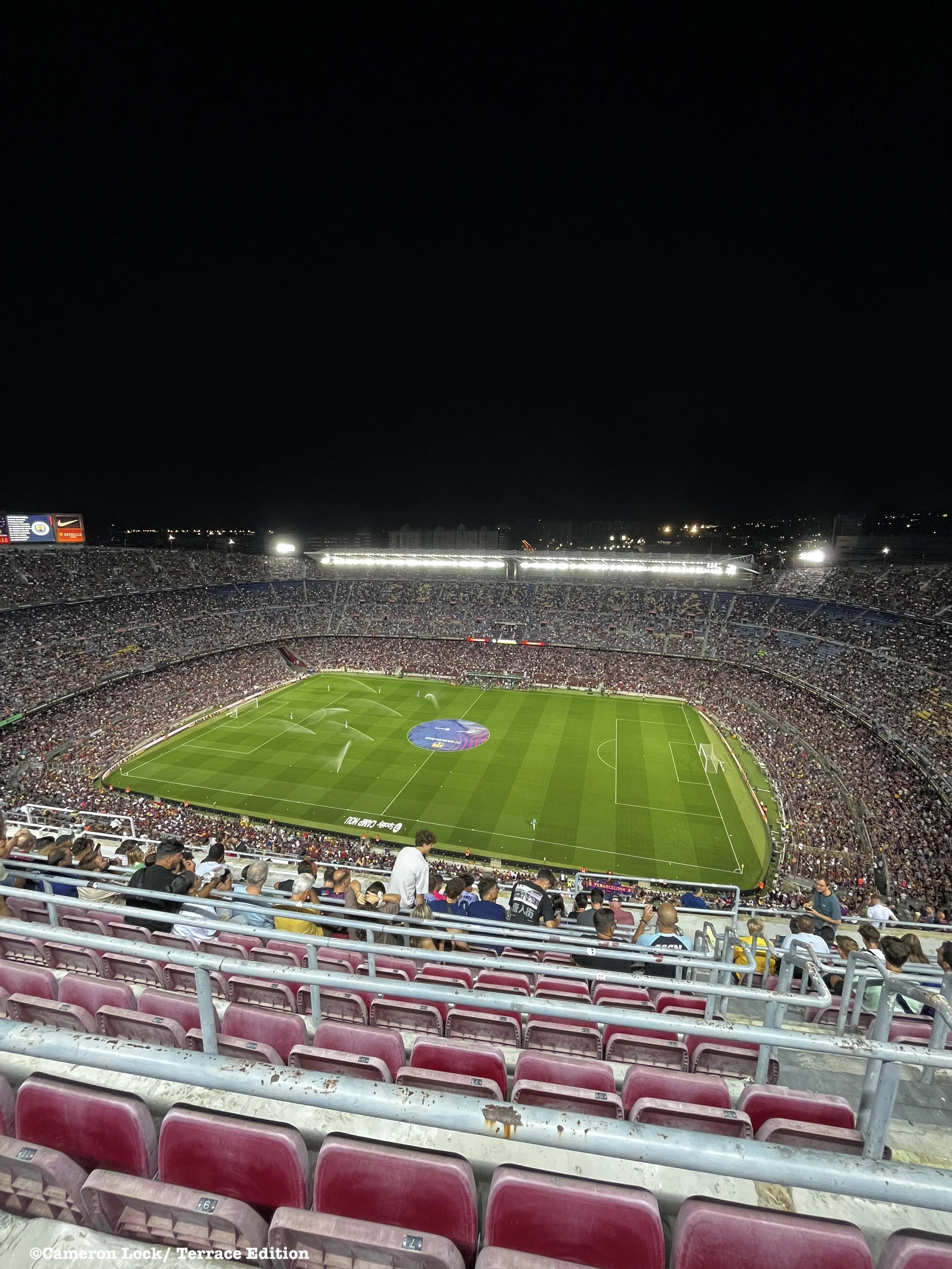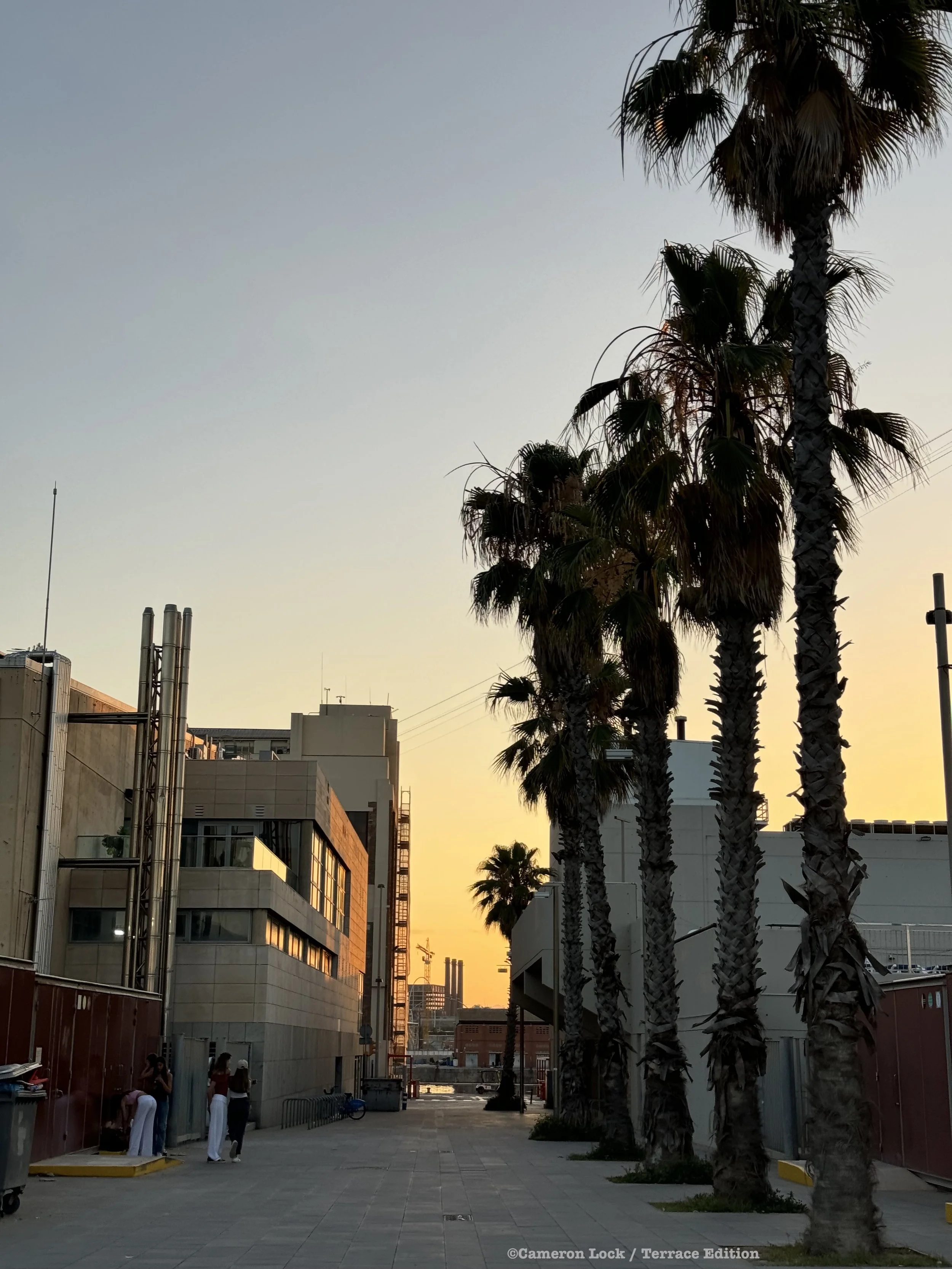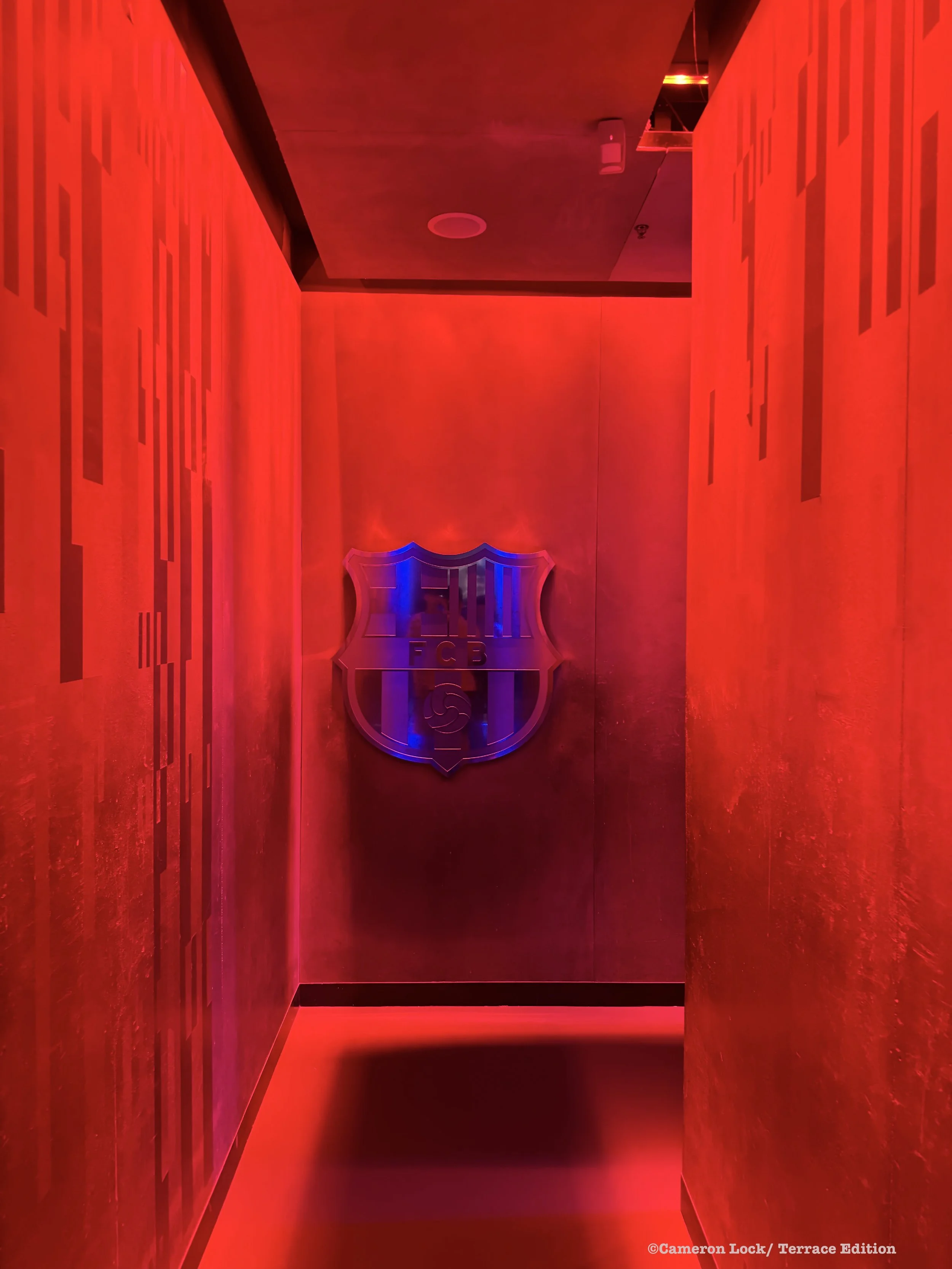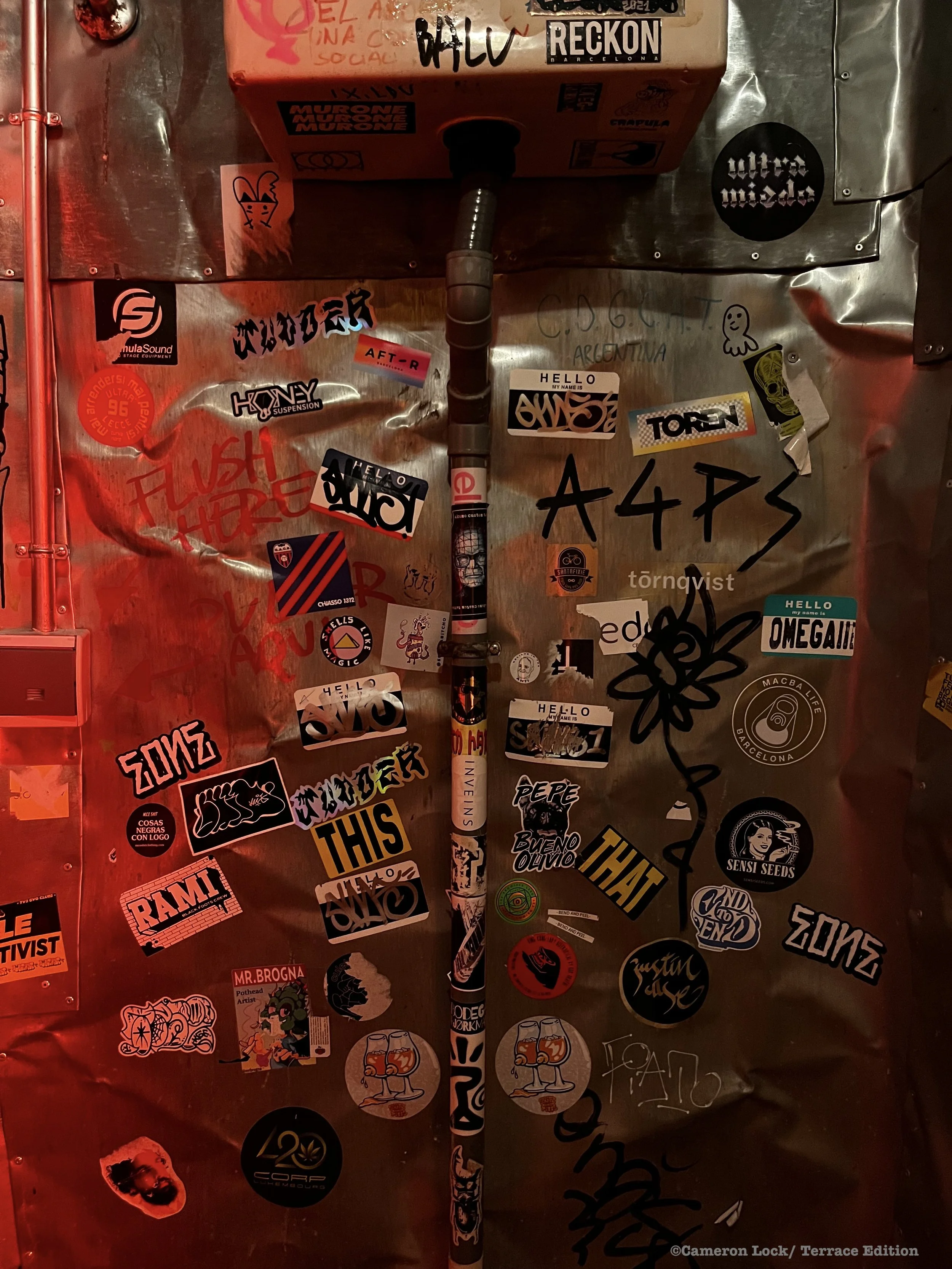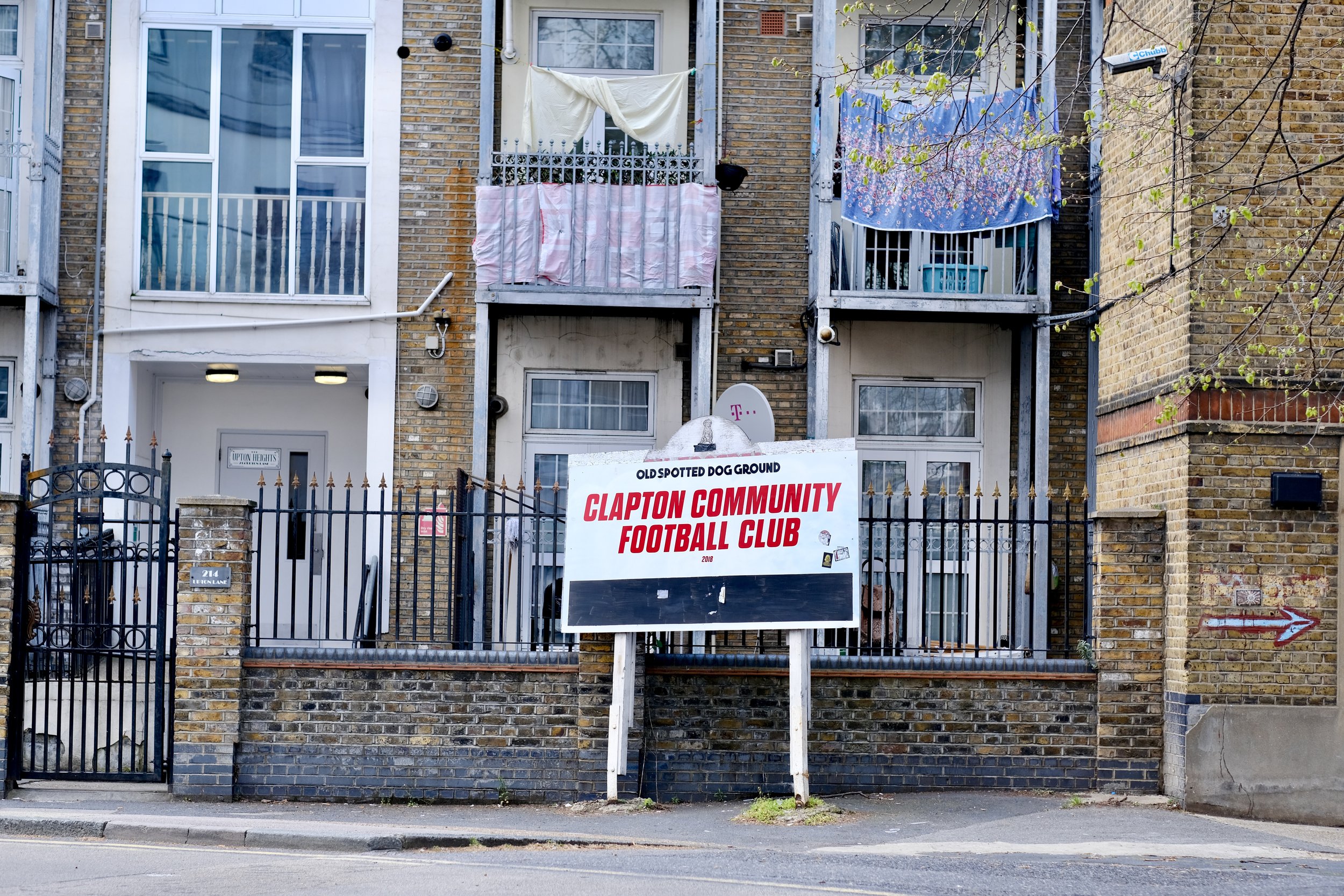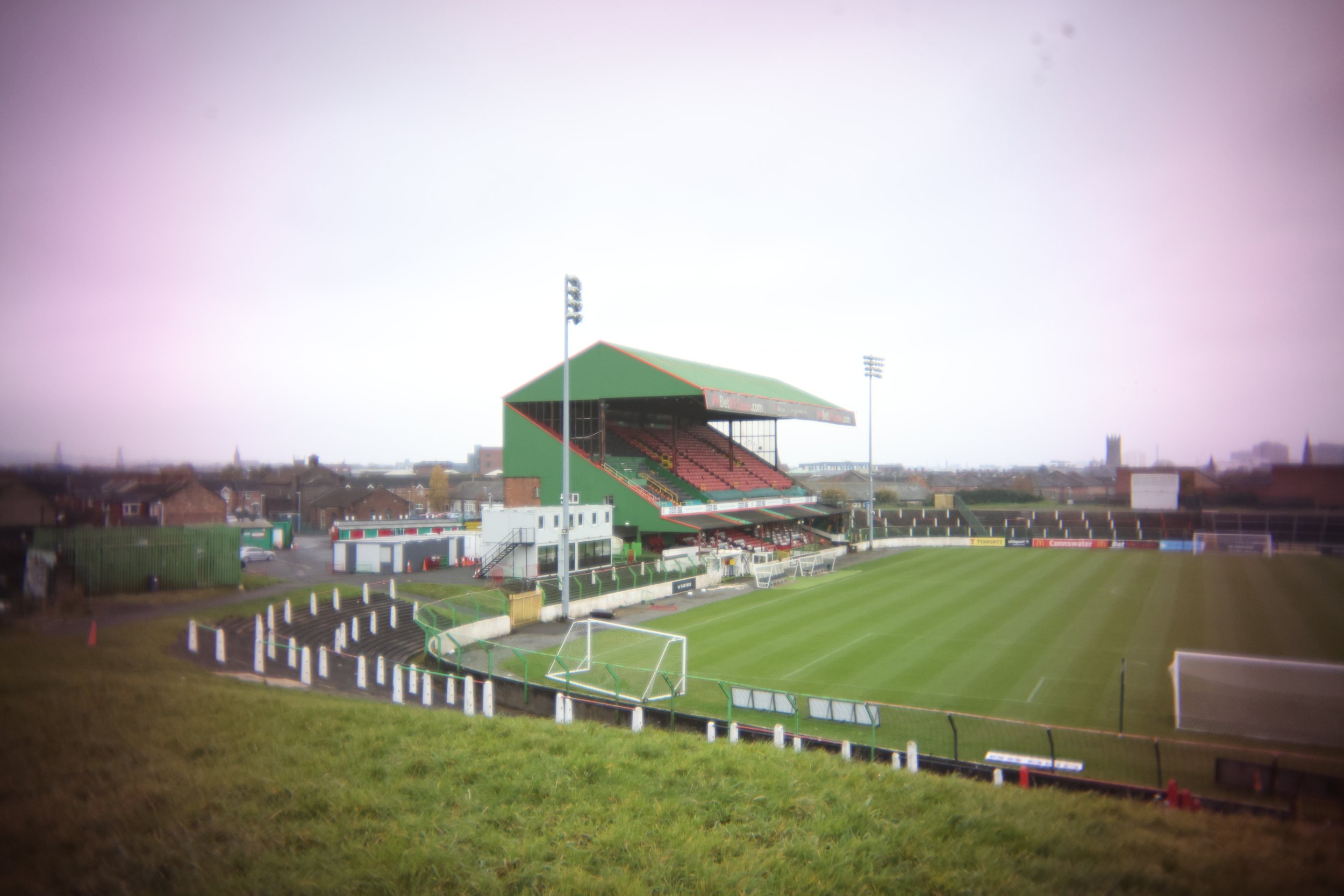From Catalonia with love
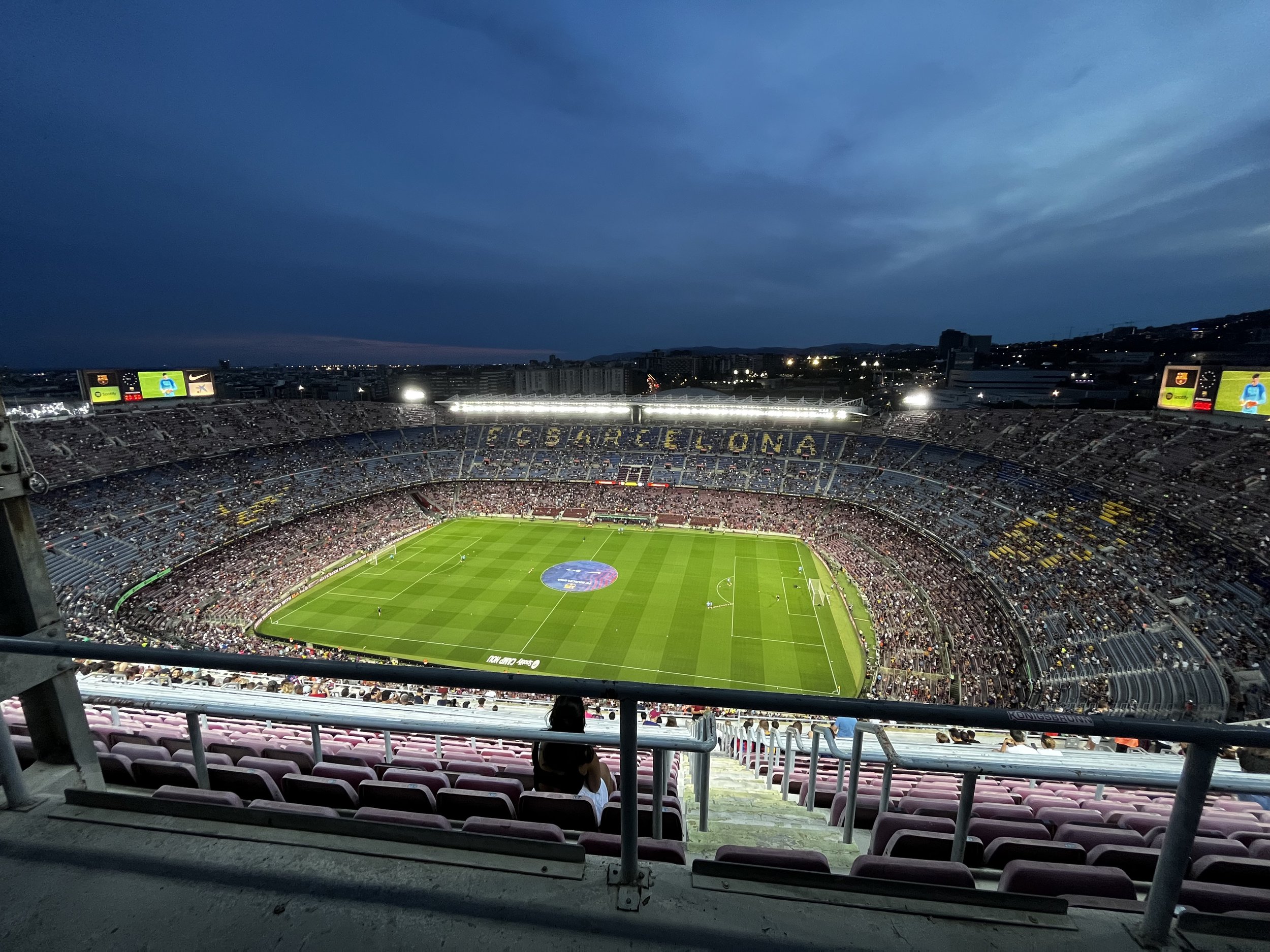
Words: Cameron Lock
Images: Cameron Lock
I never really paid much attention in my history classes at school. Who can blame me when I was learning about medicine through the ages and medieval warfare? It wasn’t until after I left school that I began to see history in a new light, especially when I discovered its fascinating connection to my favourite hobby - football.
Reading Sid Lowe’s ‘Fear and Loathing in La Liga’, I came to understand thatwhen Barcelona plays Real Madrid, it’s never just football, and one particular match on Sunday 7th October 2012 prompted the Catalan newspaper La Vanguardia to ask: ‘Only football’?
Over the years, the likes of Cruyff, Stoichkov and Kubala lit up the skies of Le Corts and the Camp Nou, and having finished Lowe’s book, I was hooked. I had to go and see the place for myself.
Founded in 1899 by a group of footballers led by Joan Gamper, Barcelona FC became a focal point for Catalonian independence in the early 20th century, and as I wandered through the streets of Barri Gòtic and La Ramblas, I came to realise the impact that the football club had on the city.
I sampled some local tapas before the game and became aware of a different language, culture and identity, often distinct from the rest of Spain.
The idea of ‘Més que un club’ is not just a slogan but a declaration of principles with a cultural significance beyond what is normal for a sporting association.
©Cameron Lock/ Terrace Edition. Barcelona street football.
Written in Catalan, the idea of being ‘més que un club’ came to be the embodiment of Barcelona and remains so today. Supporting Barça isn’t just about supporting football, it’s about embracing a cultural and political identity.
And so, walking through the streets of Barcelona towards the Camp Nou, I felt this weight on history my shoulders.
The 99,000 seater cauldron isn’t just a cathedral for football, but is a monument for the Catalan people and is where fans worship players. Some of the best moments in football have been played between these stands, and it wasn’t a coincidence that my visit coincided with a match.
Even though the stakes were low, the atmosphere was electric. The tune of ‘El Cant del Barça’ rang around the stadium. The Barça faithful were out in full force behind the goal, their passion undiminished by the nature of the game.
Though this was not a battle with Real Madrid, the Catalan identity was strong. Many Barça fans are pro-independence, and every cheer, shout, and cry of ‘Visca Barça’ was a stark reminder of the club’s deeper meaning.
©Cameron Lock/ Terrace Edition. Barcelona.
The match itself was a real spectacle – moments of individual genius paired with excellent play from both sides, culminating in a 3-3 scoreline. But, beneath it all, the weight of Barça’s history and the spirit of its people were ever present.
When the match came to an end and the final whistle blew, I knew I had witnessed something special and a part of history. It wasn’t just about the football on display – although the scoreline may suggest differently – but more about what Barcelona represents, a unique blend of sport, culture and history.
Even for a friendly match, the connection was unique and left me with a deeper appreciation for what it means to be a part of the Barça story.
I returned to Barcelona again recently and made time to see how the Camp Nou building works were progressing. The plans for the new stadium are undeniably impressive – a marvel that will house over 105,000 fans, a retractable roof and facilities that will elevate the matchday experience.
©Cameron Lock/ Terrace Edition. FC Barcelona.
Yet as I stood there, I couldn’t help but feel a twinge of sadness. For all the wonders that a new architectural phenomenon will bring, it will never be the same stadium that hosted the true icons of the club.
It wasn’t just a stadium, but a shrine – a place where Maradona, Ronaldinho and Messi graced us with their presence and created moments that have been etched into history.
For me, that character is irreplaceable. The renovated stadium may have cutting edge technology, luxury hospitality areas and a roof that will shield you from the elements, but it will never have the same soul.
New legends will rise, future generations will come to love it just as deeply, but for those that remember the old stadium, there will always be a sense of loss.
As I left the construction site, I found myself hoping that amidst all the changes, the spirit of the old Camp Nou will somehow endure.
The stadium, no matter how modern and luxurious, will still carry in it the essence of what made the original so special. Because, in the end, a stadium is more than just a building – it’s a home for memories, a stage for dreams to come true, and a symbol of what Barcelona FC stands for.
Reflecting on my trip, it finally dawned on me what my history teacher had been trying to instil in me all those years ago. History isn’t just something you find in textbooks. It’s alive, and sometimes, just sometimes, it plays out on a football pitch.
©Cameron Lock/ Terrace Edition. FC Barcelona.
©Cameron Lock/ Terrace Edition. Barcelona
©Cameron Lock/ Terrace Edition. Barcelona.
©Cameron Lock/ Terrace Edition. Barcelona.
©Cameron Lock/ Terrace Edition. FC Barcelona.
©Cameron Lock/ Terrace Edition. Barcelona.
You can find Cameron on Instagram: @cameronlock and X: @CameronLock3




